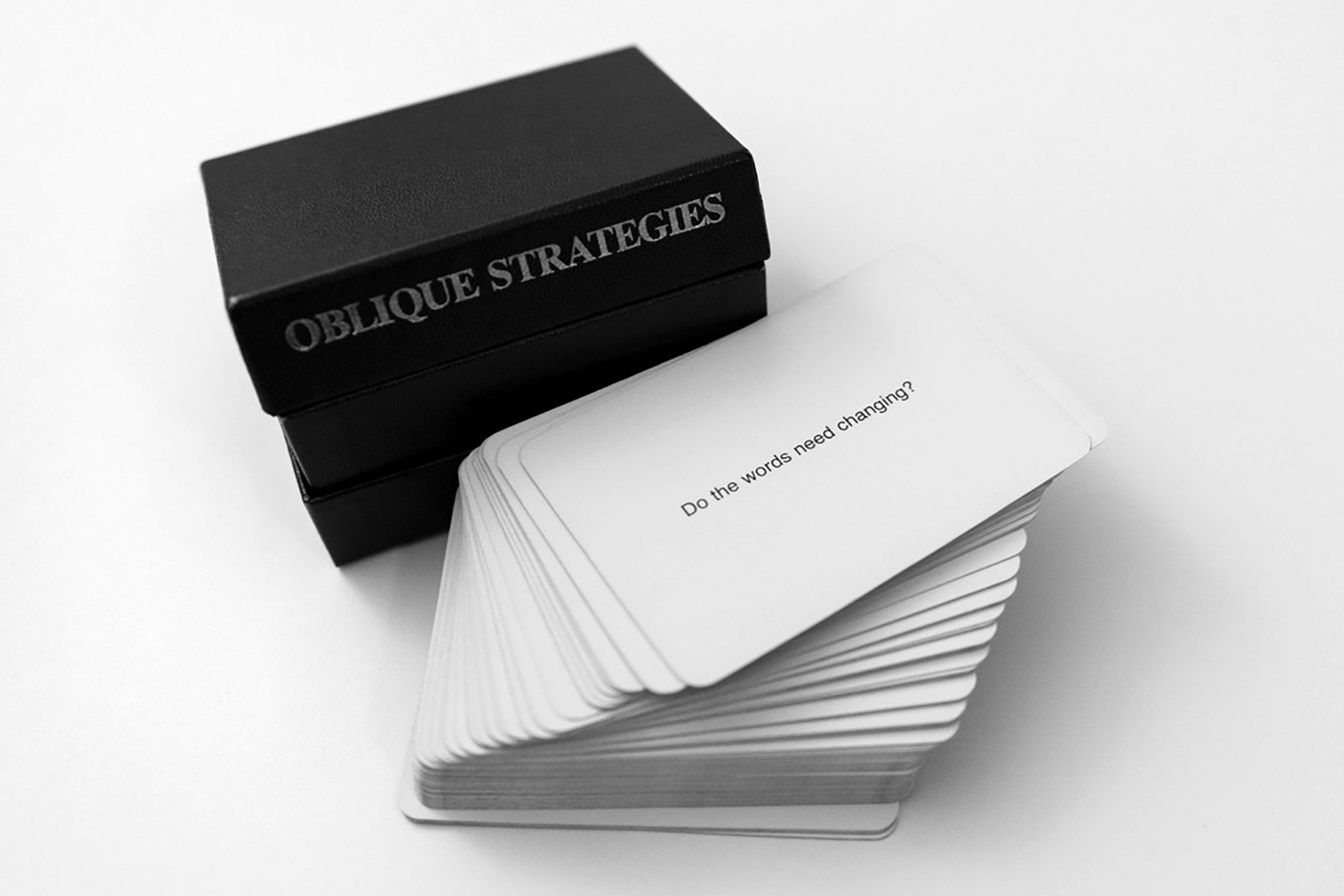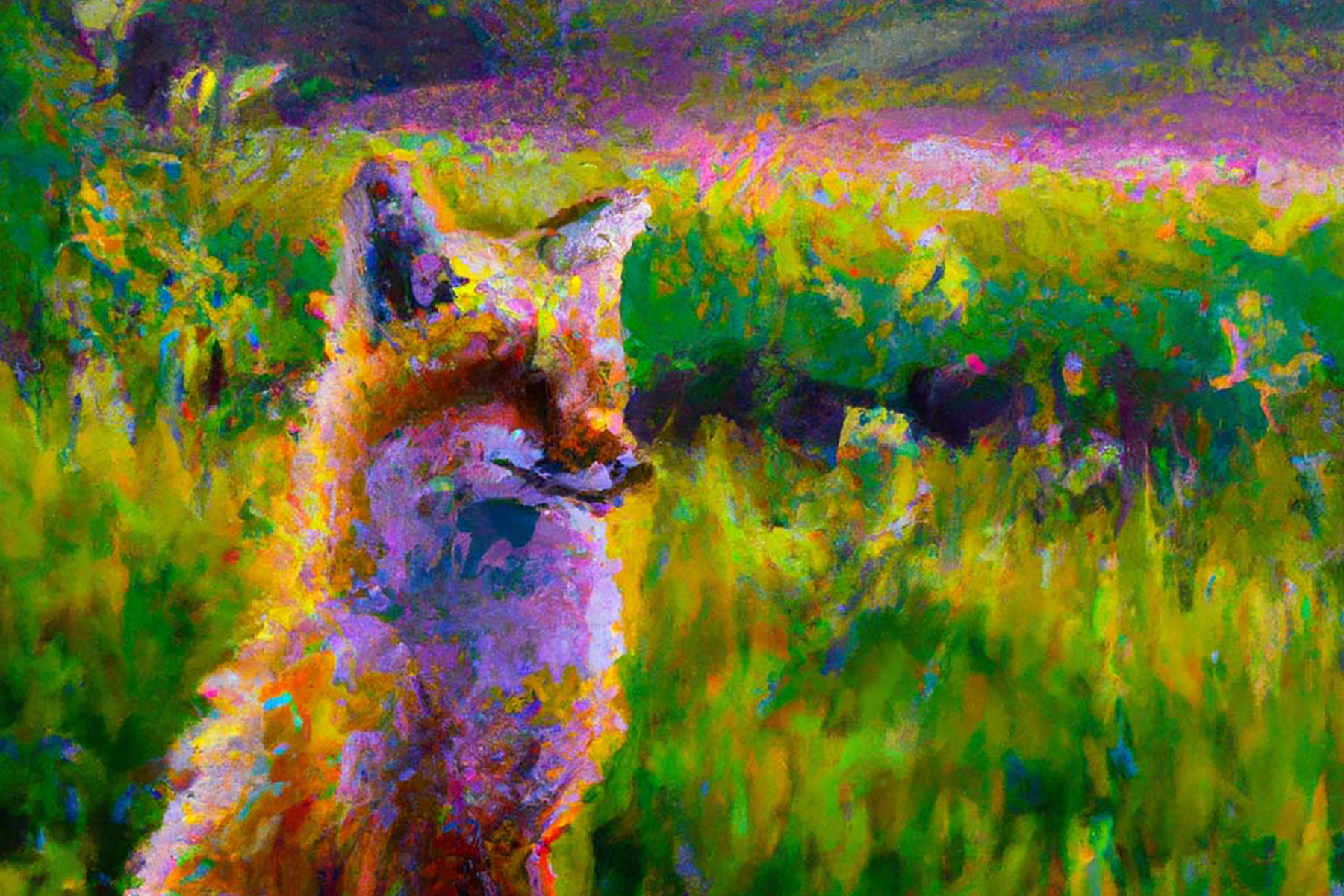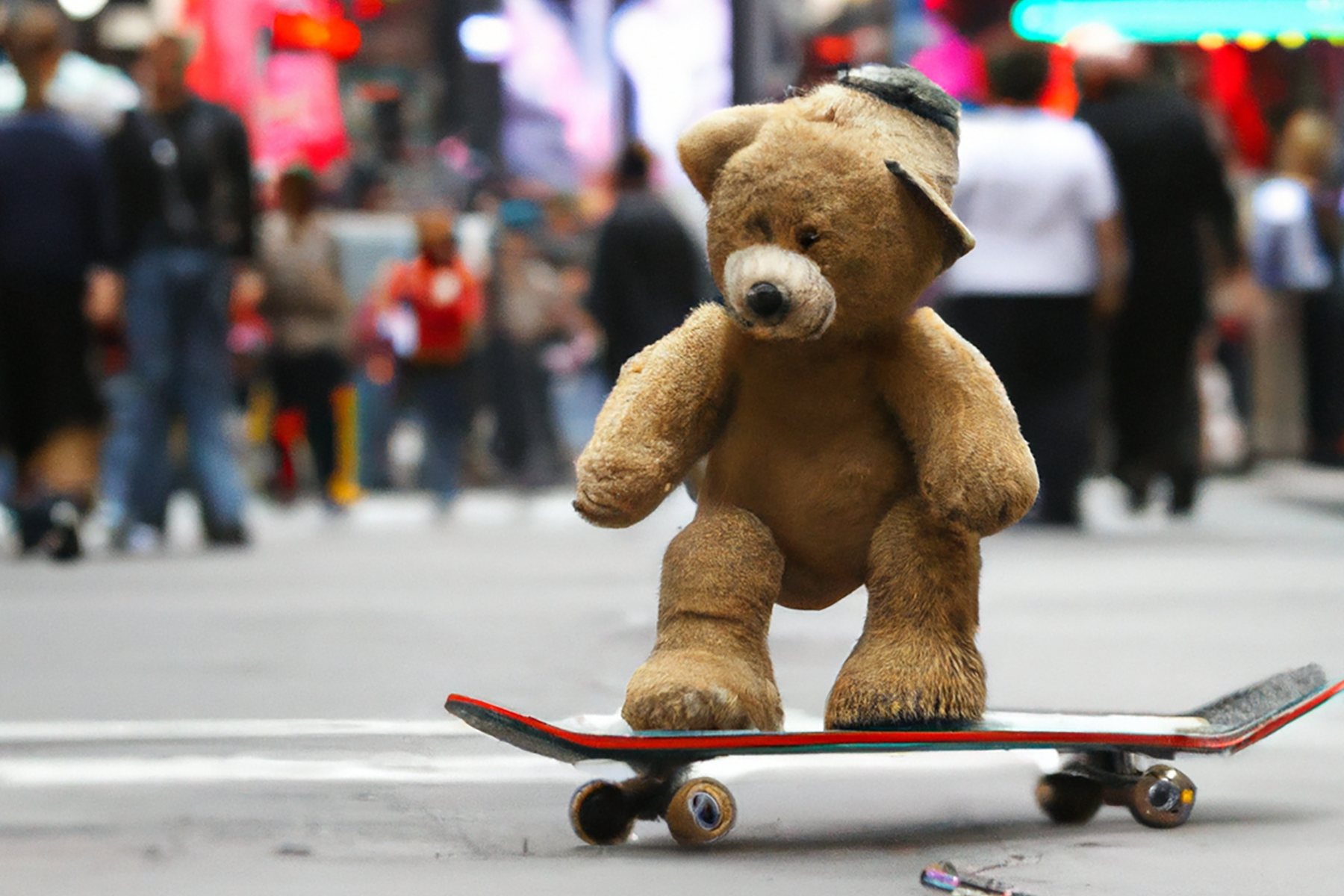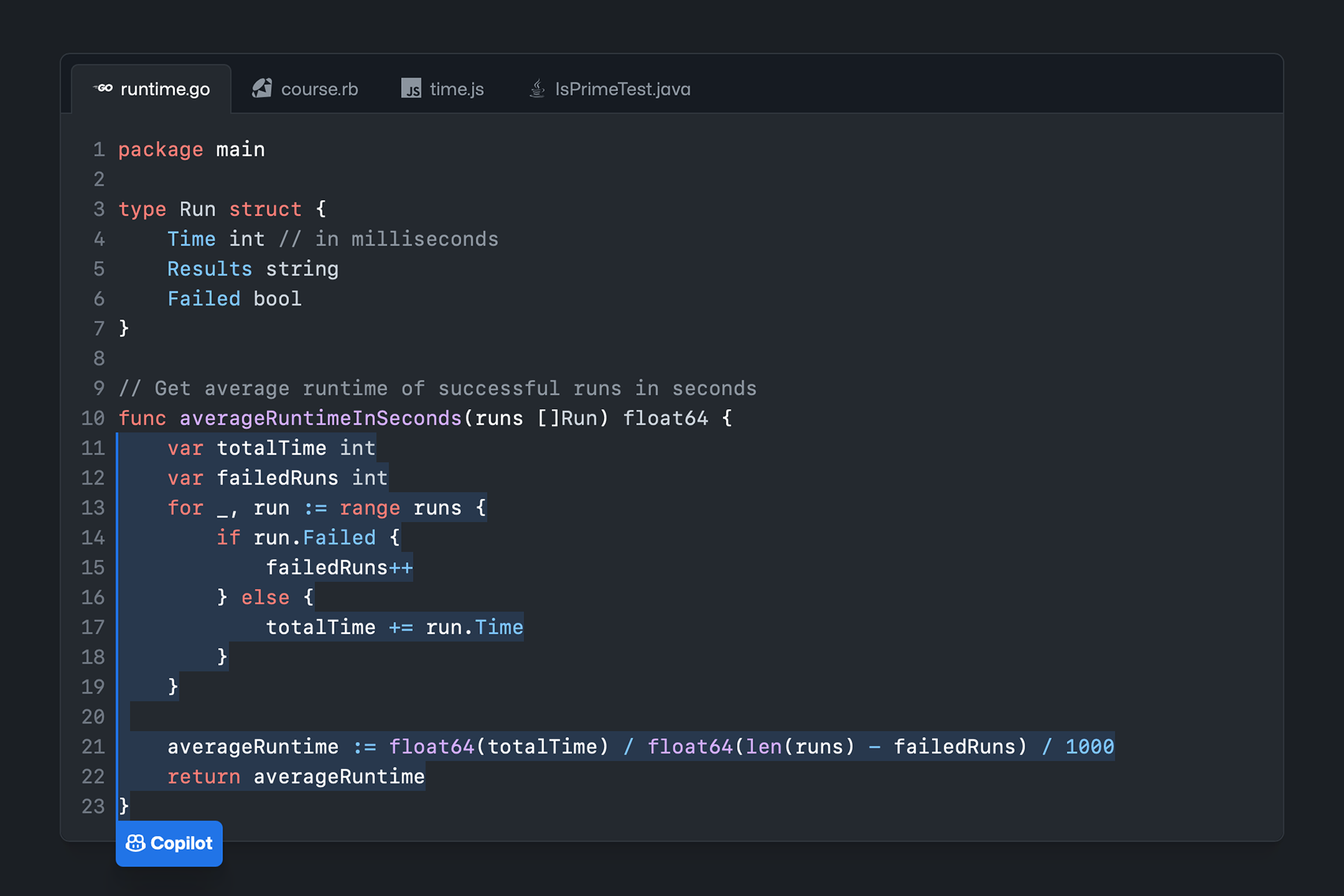envisioning pasts/futures with artificial assistants
Primer22 Workshop facilitated by nicholas paredes
PRIMER is the annual conference created by the Design Futures Initiative, a 501c3 nonprofit based in San Francisco, CA, becoming the annual gathering for the Speculative Futures community and leading voices and minds.
“Science can amuse and fascinate us all, but it is engineering [and art & design] that changes the world.”
— Issac Asimov
about the workshop
Builders of future experiences are seeking a balance between what they know to be true — cataclysmic challenges — and how they practice reflectively. Our perception of time accelerates as we contemplate what is possible.
We slow to infinite presence in the flow of deep practice. “How can futures design ride this theme to deepen the practice?” How can we practice in the present of the infinitely possible? This past semester, I presented an assignment in my Introduction to Design Practice class at the Institute of Design.
Students were asked to collaborate with an AI to envision the future of design practice. The collaboration could be an interview with a future AI Designer. It could be an essay outline which is co-developed with an AI editor. The outline would be completed as an essay. Students loved the assignment and the task of engaging an “intelligence.”
This workshop will be similar. I envision a collaboration between the participant and AI. This would be both verbal as well as visual. Participants will collaborate with GTP3 to describe a past or future scenario in words. They will visually describe their future scenario with an AI developed image. The end of the session would include presentation and discussion of the possibilities.
In considering this workshop, learning was of primary interest. As you can see in the images above, there have been many examples of using the tools to create examples of what is possible using the tools. This workshop aims to provide a structured approach to utilizing AI tools so that we can consider our collaboration as something new and distinctly important. We need to understand the limits, challenges, and opportunities presented by the tools.
Participants will consider:
How AI actually works
How AI tools differs from other tools like search
The veracity of verbal descriptions and words as interpreted by AI
How AI translates words into images
The limits of semantic understanding of AI tools
If AI is inclusive and how it can be made to represent the breadth of discorse
How AI can be of assistance in thought and practice
Welcome to using AI creatively. Take a deep breath and prepare for this workshop. I will take you along on my journey on learning about how others have used machines to create to this point in time. We begin with David Bowie.
agenda
-
The workshop begins with a discussion of tools and methods used by artists, designers, and other creators for gaining insight into new possibilities. (15 minutes)
-
We begin our activities with small group collaboration with an AI to describe a possible future, or an alternate past, using words. (1 hour)
-
Our second small group activity is to visually describe a possible future, or alternate past, using ai tools to generate illustrations of the possible. (1 hour)
-
Our small groups will consider what is not represented in our descriptions or visualizations. (15 minutes)
-
This workshop is less about the AI tools and more about how we work with people and machines as a reflective practitioner. (30 minutes)
-
from Brian Eno: Visual Music by Christopher Scoates (via Dangerous Minds)
Unlike the Fluxus scores that Eno had used years earlier, which were essentially directives for performance, the Oblique Strategies cards were idea-generating tools and tactics designed to break routine thinking patterns. While born of a studio context, Oblique Strategiestranslated equally well to the music studio. For Eno, the instructions provided an antidote in high-pressure situations in which impulse might lead one to default quickly to a proven solution rather than continue to explore untested possibilities: “Oblique Strategies evolved from me being in a number of working situations when the panic of the situation—particularly in studios—tended to make me quickly forget that there were other ways of working and that there were tangential ways of attacking problems that were in many senses more interesting than the direct head-on approach.”
In fact, while producing David Bowie’s album Heroes (1977), Eno and Bowie used Oblique Strategies on the song “Sense of Doubt.” They each picked a card but didn’t reveal its content. “It was like a game,” Eno recalled. “We took turns working on it; he’d do one overdub and I’d do the next. . . . As it turned out they were entirely opposed to one another. Effeciively mine said, ‘Try to make everything as similar as possible,’ and his said ‘Emphasize differences.’”
algorithmic collaboration
Inspired by George Brecht’s 1962 Fluxus work “Drip Music,” where cards where drawn to create a score for the musical event, Brian Eno and Peter Schmidt created their Oblique Strategies cards in 1974. The intent was to provide a means to nudge a creator out of their habits and limitations. Ty Roberts created an automated version of David Bowie’s habit of cutting random words and phrases out of newspapers and magazines. The video below describes how the collaboration worked. These tools are inspiration for this workshop. How will new tools inspire us and remove our inherent limitations in visualizing new possibilities?
re/sources
creative collaboration
Famous Art Collaborations by Nadja Bozovic, 2017, Agora Gallery
Behind the Picture: Picasso Draws With Light by Ben Cosgrove, Life Magazine
Collaborative Art: A Transformational Force within Communities by Bublitz, Rank-Christman, Cian, Cortada, Madzharov, Patrick, Peracchio, Scott, Sundar, To, and Townsend, 2019, Journal of the Association for Consumer Research
20 Creative Things to try out with GPT-3, Merzmensch, 2020, Medium
Writing Stories with Illustrations with GPT-3 and DALL-E — A Short Exploration, by Hafidz Zulkifli, 2022, Medium
An A.I.-Generated Picture Won an Art Prize. Artists Aren’t Happy., Kevin Roose, 2022, New York Times
algorithmic collaboration
Oblique Strategies Cards Wikipedia page
Brian Eno and Peter Schmidt’s ‘Oblique Strategies,’ The Original Handwritten Cards, 2914, Dangerous Minds
David Bowie — The Verbasizer video
The Verbasizer was David Bowie’s 1995 Lyric-Writing Mac App by Matthew Braga, 2016, Vice
ai collaboration
Creating INSANE Cameras with Artificial intelligence (Dalle.2 demo) by Mathieu Stern, 2022
Think Your Street Needs a Redesign? Ask an AI by Marie Patino, 2022, Bloomberg
Artists Are Using AI To Imagine Cities Without Cars by Janus Rode, 2022, Vice
DALL-E Is Actually Kind of Good at Designing Walkable Streets By Alissa Walker, 2022, Curbed
betterstreets.ai — The future of urban futuring
ethics
Meta’s AI chatbot repeats antisemitic conspiracies, bashes Facebook, 2022, Jerusalem Post
tools
This AI can produce stunning images with just a few words of description, but is it art? by Aaron Hertzmann, 2022, Fast Company
OpenAI — AI tools including GTP3 and DALL-E
Github Copilot — GitHub Copilot uses the OpenAI Codex to suggest code and entire functions
Midjourney — AI image generation
Stability AI — AI community supporting Stable Diffusion and Dream Studio
creating images from text explained
Yannic Kilcher explains how DALL-E interprets texts to create images. The description is complex although clearly articulated and valuable for understanding the technology.









